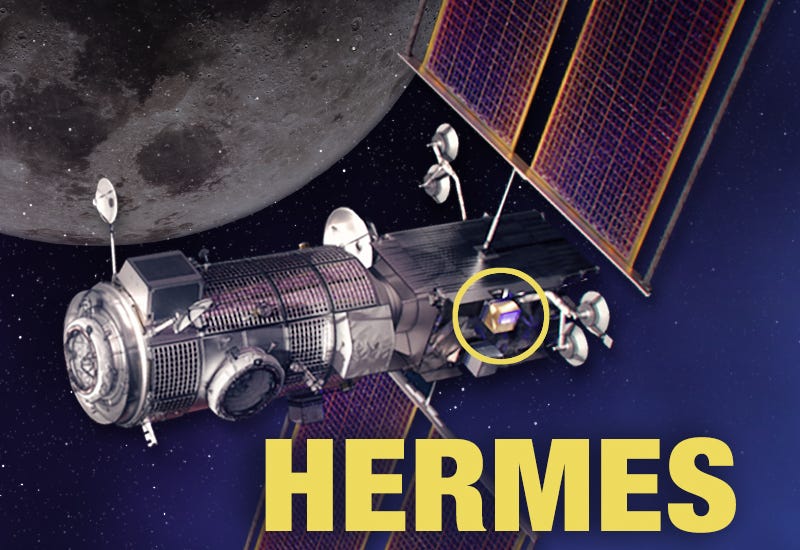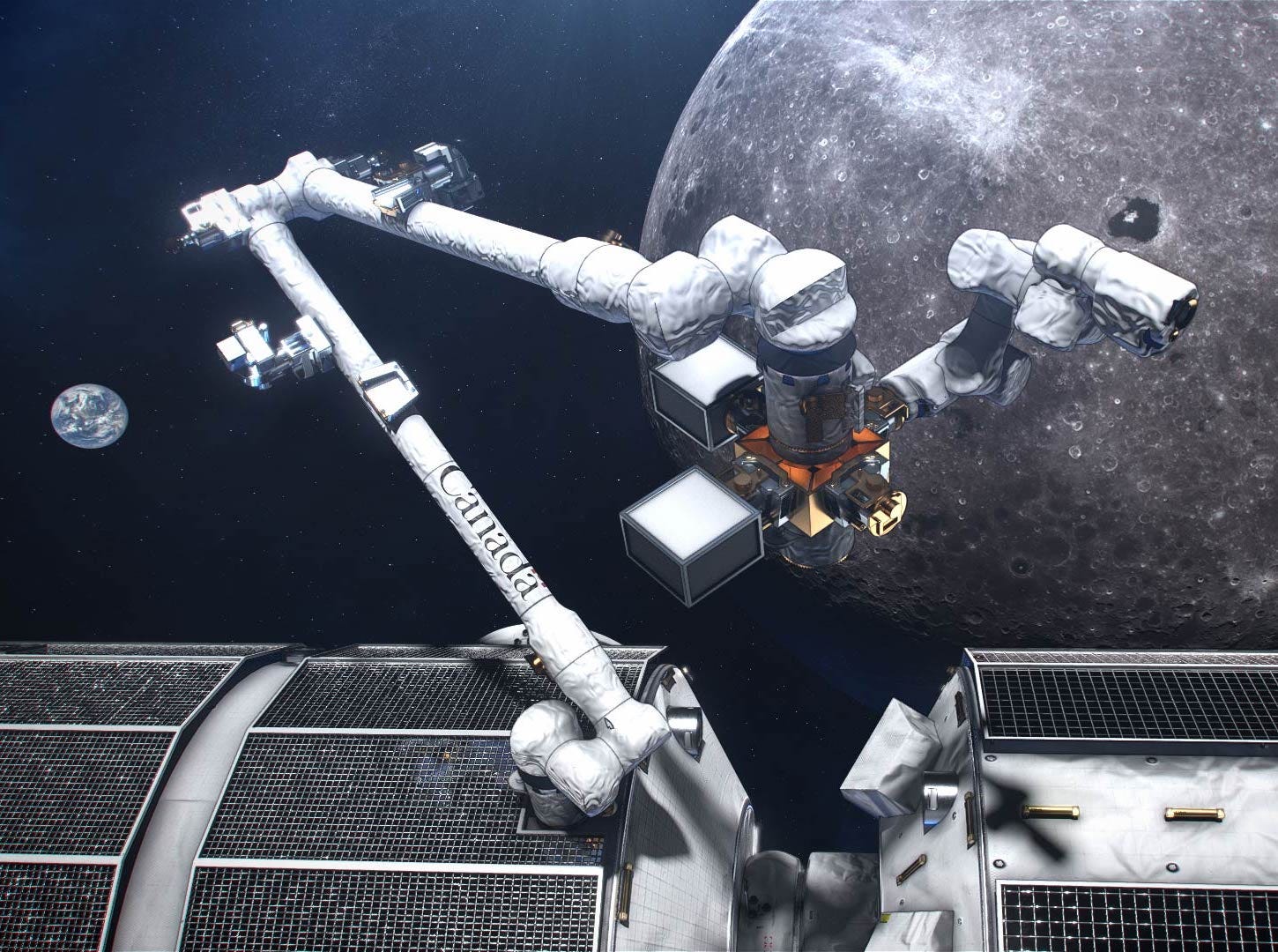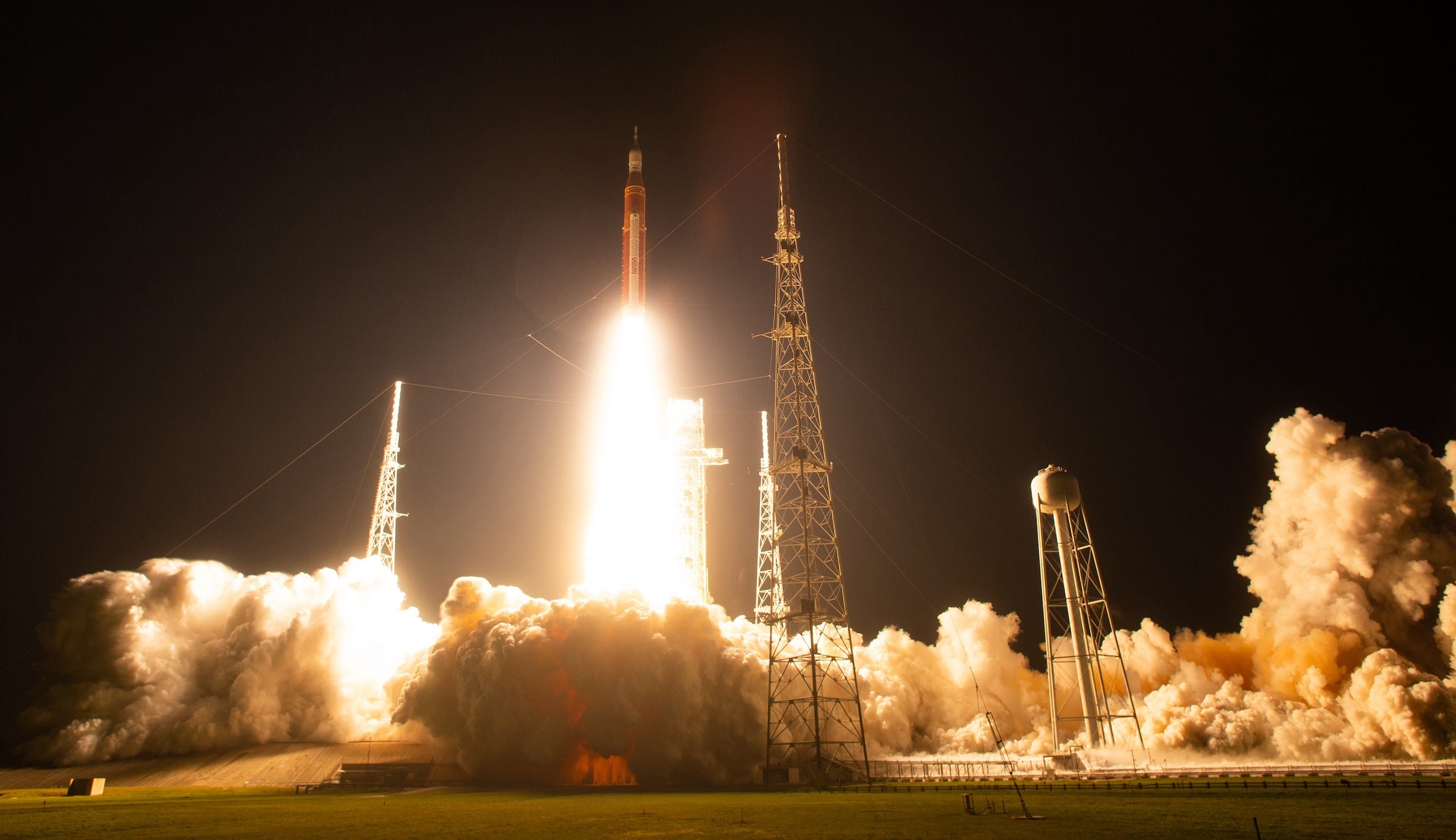Moon Monday #162: Mission updates on SLIM, CAPSTONE, and Queqiao 2, a gist of Gateway science, and more
Mission updates

SLIM
Japan’s SLIM lunar lander entered sleep mode on January 31, two days after it woke up when pre-dusk sunlight struck its solar panels from the west. Like Chandrayaan 3, SLIM wasn’t designed to survive the frigid lunar night, when temperatures can plunge below -100° Celsius. JAXA will nevertheless attempt to wake up SLIM the next lunar day in mid-February just in case serendipity awaits.
In its two days of operations, SLIM analyzed the composition of rocks and soil at 13 locations using a near-infrared multi-band spectroscopic camera, which will inform scientists about the landing site’s formation, and possibly that of our Moon’s mantle too. In any case, SLIM has gone down in history as the most precise robotic planetary landing ever, which has big implications for future lunar exploration. 📌
CAPSTONE
The NASA-funded and Advanced Space-led CAPSTONE lunar orbiter has been continuing to cross-communicate with NASA’s Lunar Reconnaissance Orbiter (LRO) for demonstrating autonomous navigation in lunar orbit, that is, without relying on Earthly ground stations. Being able to autonomously determine position and navigation states means future lunar satellites can operate more efficiently by not blocking as much of the precious but limited bandwidth of NASA’s Deep Space Network or other such ground stations.
Relatedly, NASA funded Advanced Space last year to develop a mission design and planning tool which will increase the autonomy and safety of lunarbound spacecraft along various trajectories. This tool would also benefit crewed missions such as those under Artemis. Another way CAPSTONE is proving useful to NASA is it’s test-flying the same fuel-efficient Near-Rectilinear Halo Orbit to be flown by the NASA-led international Gateway lunar orbital habitat later this decade. The CAPSTONE team has been publishing some papers to that end.
Queqiao 2
The flight hardware of China’s Queqiao 2 lunar orbiter arrived at the Wenchang spaceport on February 2, CGTN reports. Andrew Jones says CNSA intends to launch the communications orbiter on a Long March 8 rocket as early as this month. Queqiao 2’s 4.2-meter wide parabolic antenna will relay communications between Earth and CNSA’s upcoming lunar missions, including the Chang’e 6 sample return craft and the Change’e 7 & 8 landers. Zhang Tong reports that Queqiao 2 will also deploy two experimental Tiandu CubeSats to test and verify technologies to be fed into the Queqiao constellation—an upcoming lunar navigation and communications service similar to ESA’s Moonlight project.

Relatedly, Andrew Jones reported last month that the four key modules of the 8200-kilogram Chang’e 6 Mooncraft arrived at China’s Wenchang spaceport on January 10. CNSA aims to launch Chang’e 6 on a Long March 5 rocket this May to bring about two kilograms of lunar samples from the Apollo impact crater on the Moon’s farside. These samples should be scientifically even more valuable than the Chang’e 5 samples as it would be our first tactile window into our Moon’s mysterious farside.
A gist of Gateway science

An armada of international instruments by NASA, ESA, and JAXA on the upcoming Gateway lunar orbital habitat will advance the lunar radiation-characterizing research as initiated with NASA’s Artemis I. They will also be the first space weather monitoring platforms on a crew-hosting spacecraft that’s outside Earth’s protective magnetic field.
NASA will mount the HERMES instrument suite outside the Gateway to monitor the continuous stream of charged particles coming from the Sun called the solar wind. HERMES will also take radiation and magnetic field measurements when the Moon passes through the tail of Earth’s magnetic field. This will allow NASA to combine its observations with two nearby THEMIS spacecraft sporting similar instruments, and thus reconstruct changes in the solar wind with time.
For higher energy radiation measurements, there will be ESA’s instrument suite ERSA mounted on the Gateway. ERSA will not only measure higher energy particles in the solar wind but also galactic cosmic rays. ESA, in collaboration with JAXA, will supply a suite of dosimeters inside the Gateway’s habitat module HALO to monitor solar and cosmic radiation from within the station, which will help assess requirements for the safety of astronauts on future Moon missions. Together, these instruments will provide us a fuller picture of the space weather conditions and ergo crew protection necessities near Luna. 🧑🏽🚀

In addition to the aforementioned instruments, here’s a quick refresher of other upcoming known scientific contributions to the Gateway.
- Because Canada is contributing the Canadarm3 robotics servicing system to the Gateway, the country has secured not just astronaut seats aboard but also dedicated time to perform science & technology experiments. The Canadian Space Agency (CSA) previously funded seven biology-related experiments totaling $1.25 million to be on the Gateway. Then, in March 2023, CSA announced it will invest $76.5 million over eight years in Canada-led Gateway experiments. Canadarm3 will help install and support scientific instruments on the Gateway.
- In parallel, ESA has continued expanding its “SciSpacE” program to fund more science on and around the Moon, with a focus on the Gateway. Separately, ESA has asked researchers in June 2022 across its member (and affiliated) states to submit lunar science payload proposals that can be developed for launch within three years of an identified flight opportunity. ESA has now shortlisted four proposals to consider further for launch, likely on a NASA-funded CLPS lander.
Related: China’s Chang’e 4 lander and rover on the Moon’s farside produced two prominent results on long-term lunar radiation measurements:
- First measurements of low-energy cosmic rays on the surface of the lunar farside from Chang’E-4 mission
- Energetic Neutral Atom Distribution on the Lunar Surface and Its Relationship with Solar Wind Conditions
Thank you to Epsilon3 and Open Lunar Foundation for sponsoring this week’s Moon Monday. If you love my work too, join them to support this project.
More Moon

- As Step #2 in a series of seven tests, NASA is prepping and enhancing dozens of high-speed film & digital cameras to record and document the launch of the second SLS rocket in late 2025, which will push four astronauts towards the Moon on the Artemis II mission. On that note, maybe relive some beautiful views from the Artemis I launch.
- The Planetary Science Journal published a special edition dedicated to LRO, which is a collection of open access papers showcasing the venerable orbiter’s wide impact on lunar and planetary science.
- Relatedly, JPL is hiring a postdoctoral research associate to utilize LRO’s radiometer data to better understand the Moon’s thermophysical dynamics, including (past) volcanism.
